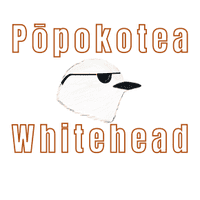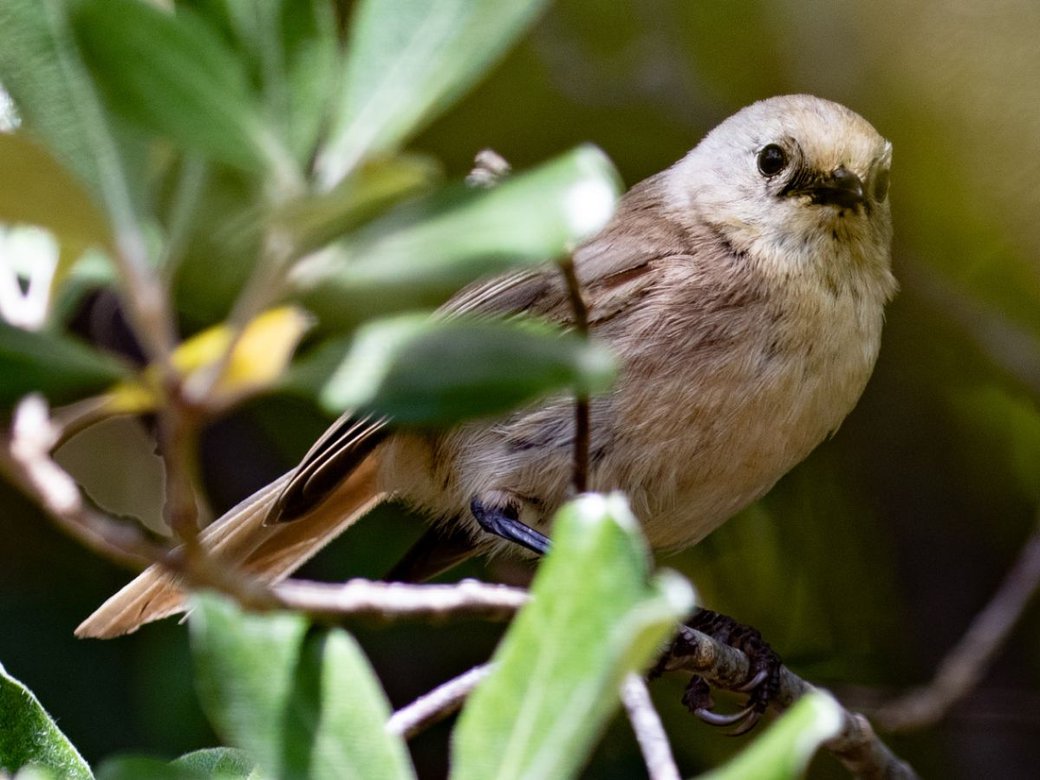- Conservation status
- Doing OK
Pōpokotea are super social and are always chattering with their mate as they flit about in beech and podocarp forests. They love a spot of irony: although they are based in the canopy, pōpokotea are reluctant fliers. Wings aren't everything – being small and nimble, pōpokotea are accomplished acrobats and are known to hang upside down when foraging.
Campaign Manager
Isabella Harneiss

After finding out that one little bird was the only one without a campaign manager for BOTY 2025, we knew we had to jump in and help this underbird. We are just three first-year university students with a uniting passion for Aotearoa's birds and wildlife, so we're also underdogs!
Pōpokotea | whiteheads are small birds found in the North Island. They hold a special place in Māori culture, being seen as messengers for gods! Not only this, but they are also without a doubt the cutest little bird you'll ever see.
So, follow us on Instagram to follow our journey of taking this underbird to the top!
- Share your vote
